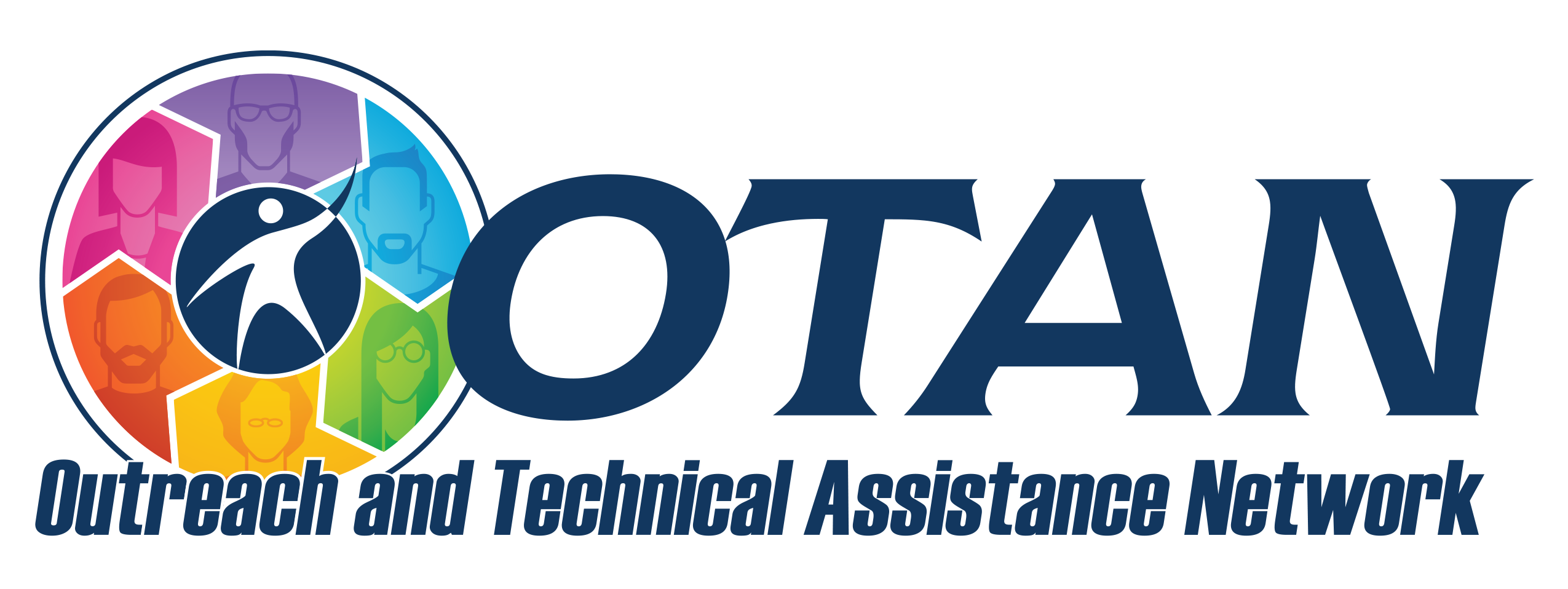Search
Federal Reserve Bank of San Francisco: Personal Finance
Details
Activity Description
In this activity, students are introduced to the connection between education attainment and earning potential. Students participate in a classroom activity where they develop a budget according to a given scenario.
Preparation
- Review the detailed Lesson Plans.
- Make copies of Budget Worksheet and Discussion Questions
- Make color copies of Budget Cards.
- Gather materials for each group
- Make a transparency or in some other way project Visual #1 chart.
More Ways
Be sure to check out other teacher resources at http://www.frbsf.org/education/teacher-resources
Program Areas
- ASE: High School Diploma

